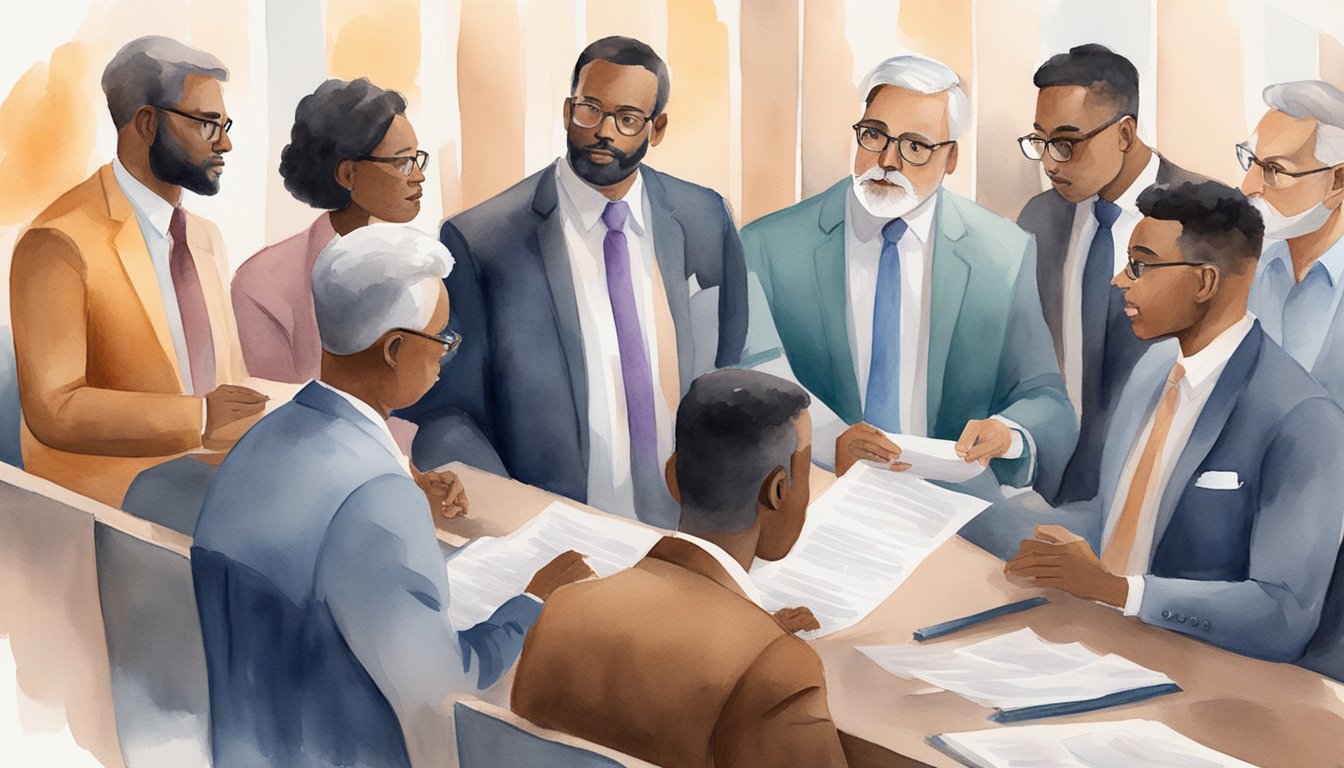Understanding Critical Race Theory
Critical Race Theory (CRT) is an academic framework that examines society and culture as they relate to categorizations of race, law, and power. It proposes that systemic racism is part of American society’s fabric, influencing legal systems and policies.
Origins and Academic Perspectives
CRT emerged in the legal field in the 1970s as scholars like Kimberlé Crenshaw and Derrick Bell sought to understand how racism permeated the fabric of American law and society. It posits that racism is not just a product of individual bias or prejudice but is embedded in legal systems and policies. Although Critical Race Theory began within the legal field, its influence has expanded across various disciplines, including education and sociology.
Key Tenets and Terminology
At the heart of CRT are several key concepts: systemic racism, intersectionality, and the social construction of race. Systemic racism refers to the complex interaction of culture, policy, and institutions that results in the disadvantaging of certain racial groups. Intersectionality, a term coined by Kimberlé Crenshaw, highlights the overlapping systems of oppression that individuals might face, such as those related to race, gender, class, and sexuality.
Key terms within CRT discourse include “privilege,” which refers to the advantages held by a group in society, and “whiteness,” which is often examined as a societal norm with inherent privileges. The theory also employs historical context to argue that past and present inequalities are linked and reflect ongoing racial hierarchies present since the founding of the United States.
By focusing on teaching and diversity training, CRT seeks to question and challenge these inequalities, advocating for educational approaches that acknowledge the role of race in American history and its contemporary implications in the classroom. This includes a call for an anti-racist educational environment that addresses both the legacies and current instances of racial discrimination.
Legislative Responses to Critical Race Theory

In recent years, legislative bodies across the United States have engaged in a complex debate surrounding Critical Race Theory (CRT), leading to a myriad of state bills and policy implementations aimed at regulating its presence in educational settings.
State-Level Bans and Bills
Numerous states have instigated legislative measures addressing the teaching of CRT within public schools. For example, in Florida, government officials implemented a ban on CRT, decreeing it a cause of societal division. Similarly, Tennessee passed legislation imposing fines on schools that include certain concepts often associated with CRT in their curriculum. These actions are echoed in various forms throughout conservative-majority state legislatures, reflecting a broader national discourse on the role of race and history in education.
Other states such as California have approached the subject differently, advocating for more inclusive narratives in their educational frameworks. The divergence in state actions illustrates a spectrum of governmental positions on race, education, and society.
Impact on Education and Public Policy
The introduction of CRT-related legislations has wide-ranging implications for educators and school districts. Teachers are facing new constraints in curricula, resulting in uncertainty over permissible teaching content. This legislative trend affects all levels of education, shaping K-12 learning environments and the professional autonomy of educators. Additionally, these restrictions may lead to self-censorship among teachers who fear repercussions for addressing certain historical and social topics. School districts must also navigate the legal and financial impact of compliance, diverting resources that could be used for classroom improvements. While debates over CRT continue, issues like rising Texas power bills highlight the broader concerns of state governance impacting both education and household economics.
At the federal level, attempts to address perceived divisive concepts within government agencies and their associated trainings have led to executive orders and policy discussions focused on equity and free speech. Debates continue as school boards and superintendents grapple with the local implications of these state and federal mandates, often against a backdrop of public protests and changes in voting rights legislation.
These legislative responses have the potential to reshape not just classroom discussions but also broader public policy concerning education and the dissemination of historical perspectives in society.

